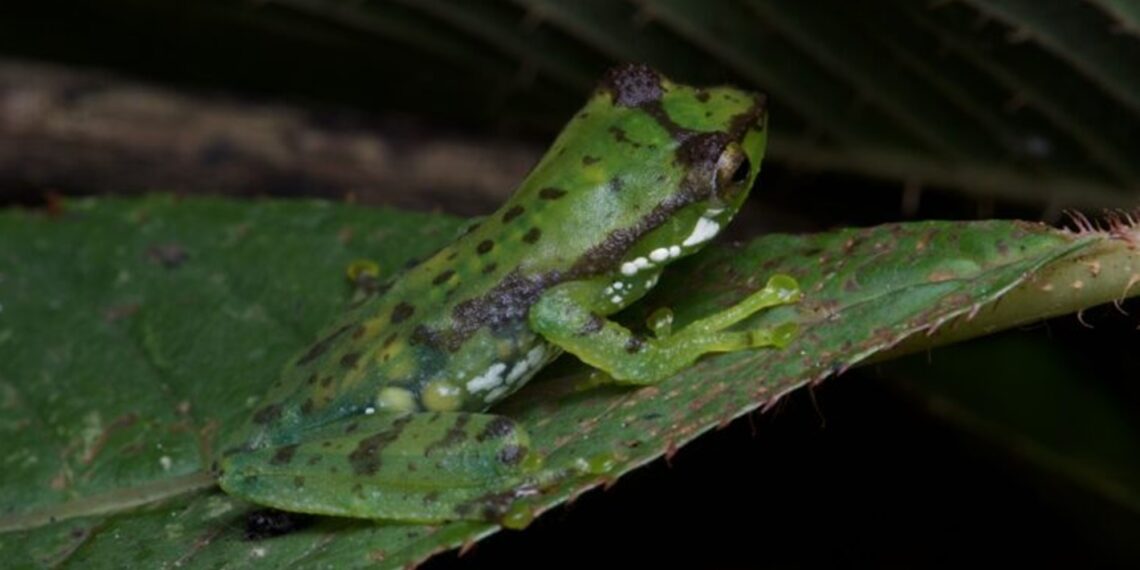ITANAGAR: In a pioneering exploration of the Namdapha-Kamlang landscape in Arunachal Pradesh, India, three hitherto unknown frog species have been unearthed.
Lead researcher Abhijit Das, from the Wildlife Institute of India, told an international conservation web portal that the significance of these discoveries lies not only in the unique landscape where they were found but also in the novel biological classification they introduce.
The newfound amphibians are not merely three additional species; they represent three entirely new genera, marking a significant contribution to India’s taxonomic catalogue, he said.
These frogs, as described by Das, exhibit distinctive appearances and calls, emphasising their rarity.
The first species, Gracixalus patkaiensis, is a nearly transparent, jelly-like green frog, measuring a mere 2.2 cm.
Inhabiting the dense understory of the evergreen forest, it mimics the calls of crickets with its insect-like vocalisations.
The second discovery, Alcalus fontinalis, is a brown dwarf frog with a unique trickle-like call.

Its existence, more than a decade after the last species in the genus was discovered in Indonesia, brings the total number of Alcalus species to six.
This frog thrives in fast-flowing streams or brooks beneath the vegetation.
The third and newest addition, Nidirana noadihing, known as the “music frog”, resides in marshy areas and is named after the Noa-Dihing river, the lifeline of Namdapha.

Discovered in knee-deep marshes, this frog’s call boasts two distinct note types, call duration, and a dominant frequency, setting it apart from its amphibian counterparts.
Das highlighted the remarkable elevational diversity gradient of the landscape, spanning from 100 meters to 5000 meters, providing insights into the region’s biodiversity.
ALSO READ New species of ‘musical’ frog discovered in Arunachal’s Namdapha-Kamlang region
He noted the prevalence of southeast Asian faunal elements in lower elevations and predominantly Himalayan ones in the higher reaches, although further surveys are needed to delineate these faunal boundaries.
However, the Namdapha region faces conservation challenges due to various anthropogenic pressures.
The Namdapha National Park, nestled between Myanmar and India, stands out as a tiger reserve boasting unparalleled biodiversity, earning distinction as the northernmost extent of the world’s tropical rainforest.















